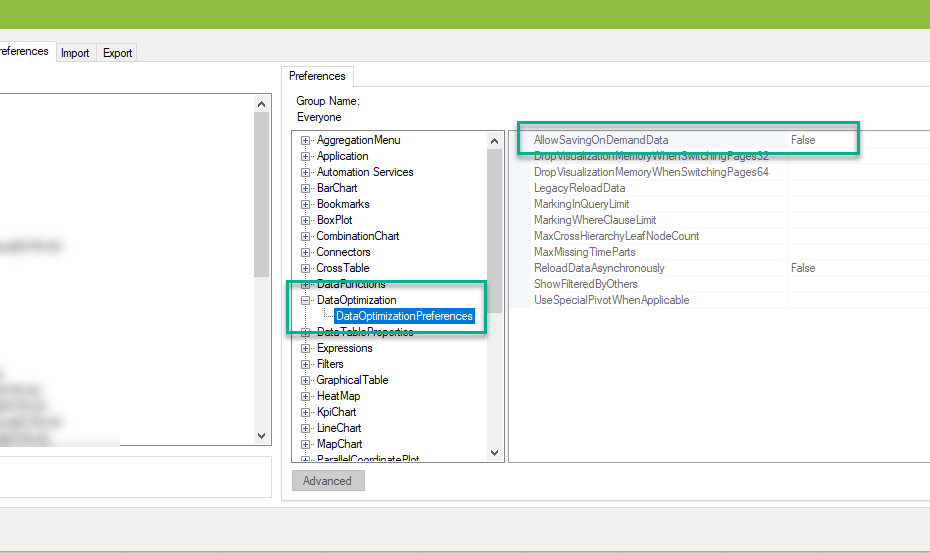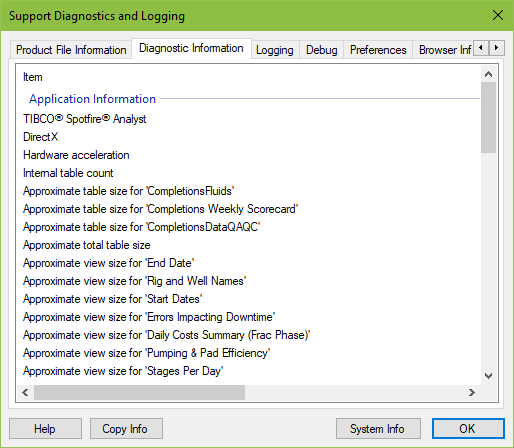Our Spotfire admin is on PTO this week, so I am walking in my old shoes this week. A user reached out when he received the error message “Spotfire could not publish”, and he was unable to save in the Spotfire library. Nine times out of ten, this error is related to temp files being deleted while Spotfire is open. But that wasn’t what happened in this case. This time, the user was trying to save a DXP that was larger than the library limit, which only became a problem when he added on-demand controls to his project. Read on to learn why on-demand caused the problem and how we fixed it.
Read More »Error – Spotfire Could Not Publish 







